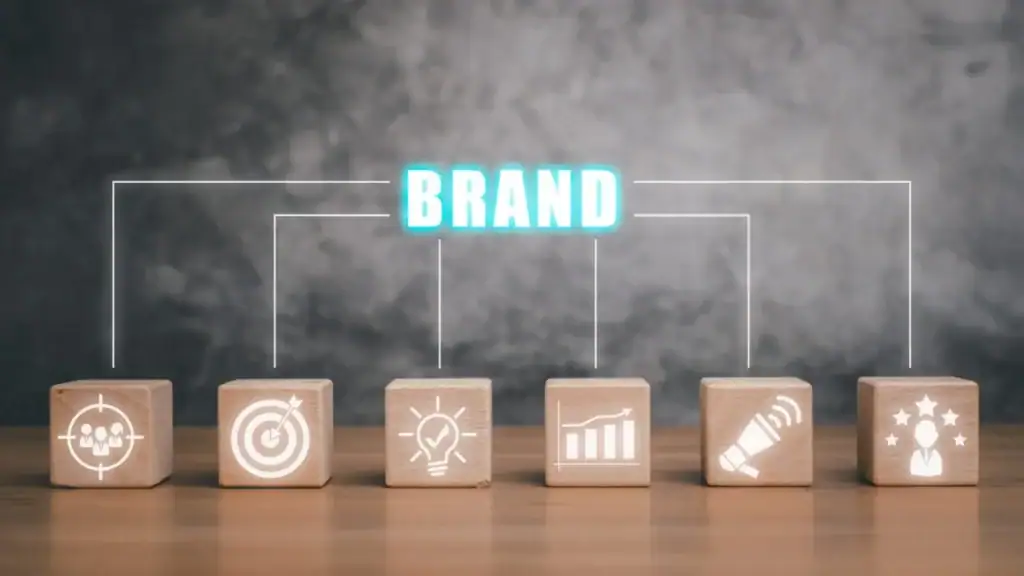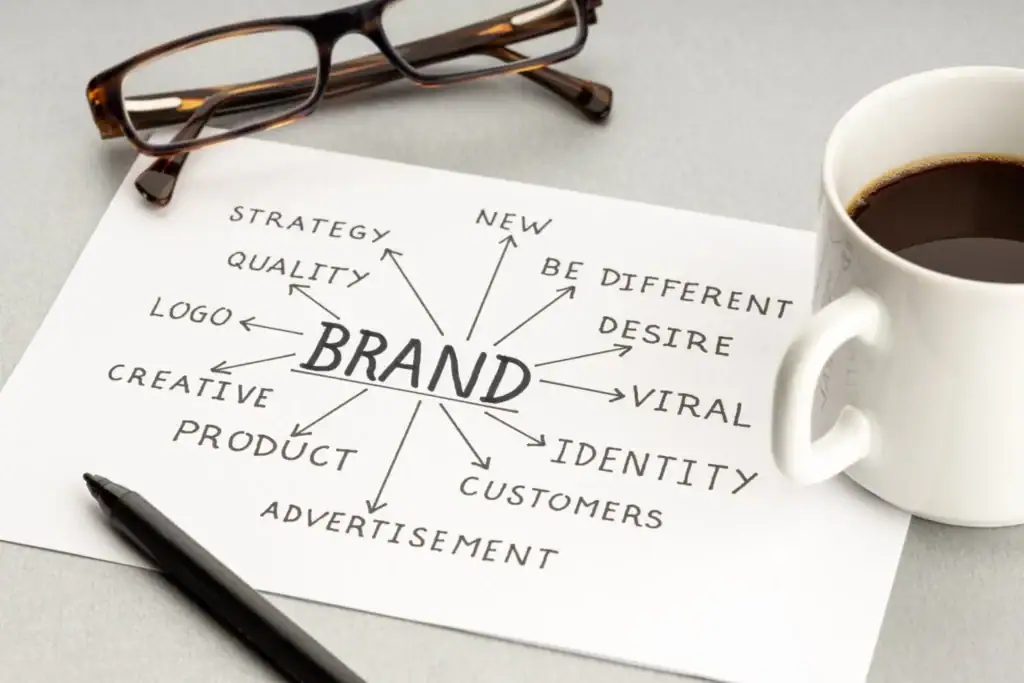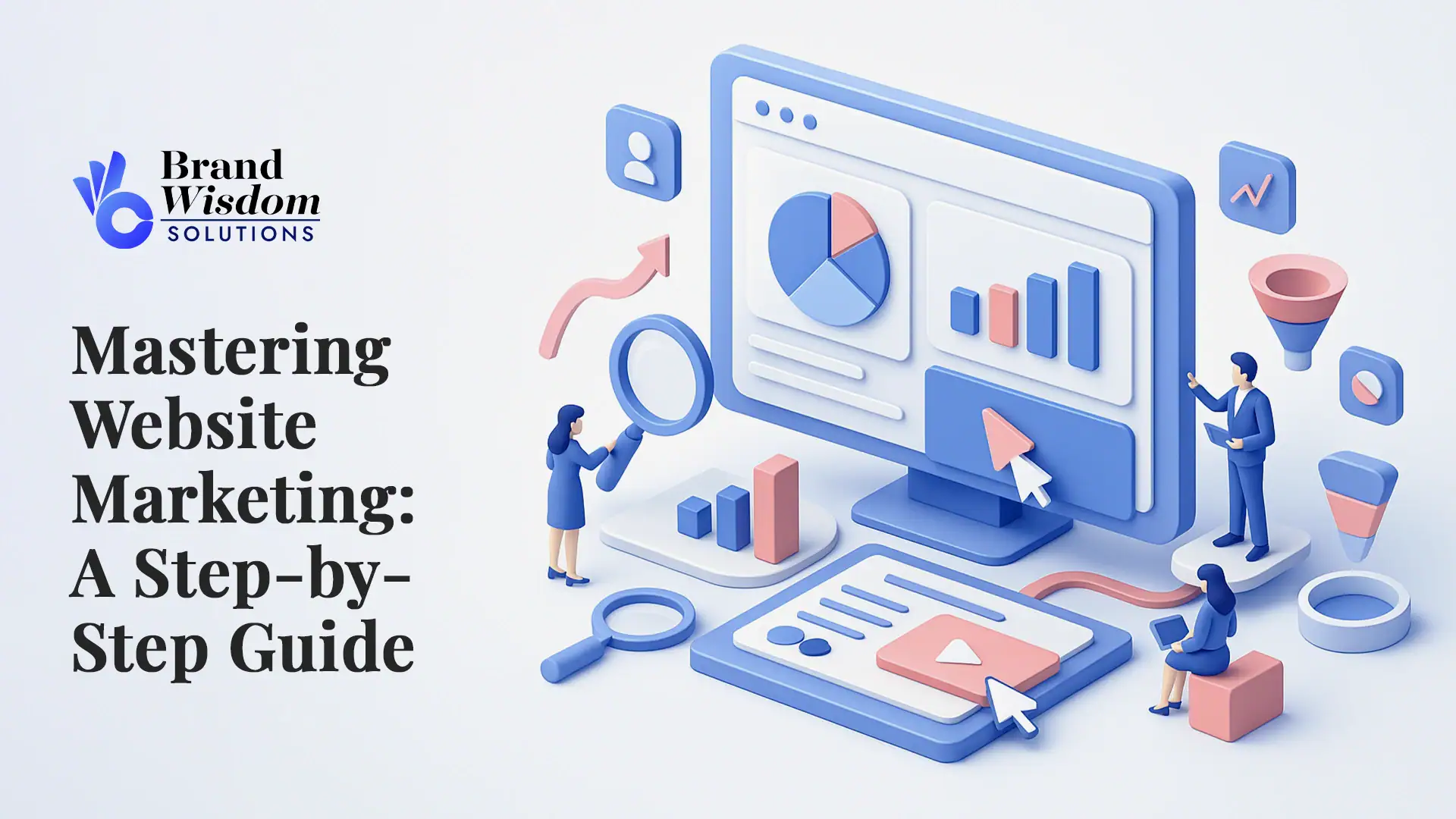On the overly populated market today, developing solid brand elements such as a solid brand identity requires more than a pleasant logo or slogan. Brands must communicate their core brand values clearly across platforms, such as marketing collateral and social media. Clients desire genuine connections, so the clear, solid brand identity directs every visual, word, and experience. When considering the evolving landscape of branding in 2025, being familiar with the essential pieces is critical for anyone desiring to construct a memorable brand.
Understanding Brand Components

Brand elements are the fundamental components that enable a company, such as Burger King, to possess a solid and recognizable identity. They are not only what you see; they encompass everything that impacts how individuals perceive and interact with a brand.
When businesses assemble the pieces thoughtfully, they articulate their mission, values, and personality to customers and stakeholders that resonate with their distinct value proposition and brand purpose. Getting the combination of the right visuals, words, and experiences is crucial to developing brand loyalty and enhancing brand recognition in an overcrowded market.
.
Definition and Importance of Brand Components

Brand elements are the special features that create your brand’s personality and help you stand out from others. These include the aspects of your brand, such as your name, logo, color palette, and font styles. Together, these elements of branding create a clear image in the minds of your customers. When you use these brand identity elements consistently, they show professionalism and build trust with your audience.
The role of brand components is very important. Each one helps shape your overall brand image. For instance, the unique green of the Starbucks logo or “Tiffany blue” helps people remember those brands quickly. These recognizable colors and designs help people identify the brands easily and create brand loyalty.
Besides making brands recognizable, brand elements also affect how consumers feel and how they see the brand. Well-thought-out logos, messages, and color schemes can bring out different feelings and reflect the essence of your brand. When businesses put together a nice set of brand identity elements, they can communicate better and stand out in a busy market.
The Evolution of Brand Components by 2025
Brand parts have quickly adjusted to the needs of a digital world. Now, branding is more than just logos and ads. It focuses on how your brand exists on social media, websites, and even in AR or VR spaces. This needs a complete brand strategy.
In recent years, changes in technology have changed what consumers expect and what marketers can use. Brands are using digital trends like interactive design, AI personalization, and real-time engagement on social media to stay in people’s minds. This change means that brands are including more flexible elements that respond to how customers interact.
As we look forward to 2025, businesses need to accept brand change. It is important to blend new digital features with strong brand ideas to be ready for the future. Companies that put money into both digital and traditional parts will have a better chance of building strong relationships with their target audience.
Core Visual Brand Elements

Visual identity is central to building a recognizable brand. Elements such as the logo, color scheme, typefaces, and imagery come together to represent your brand’s character and aspirations. These visual clues allow others to recognize your brand immediately everywhere from packaging to social media profiles.
A strong and cohesive look grabs attention and builds trust. Brands that perfect their visual components leave lasting impressions. That makes it easy for customers to remember and associate their products and services online and offline.
Logo Design Trends in 2025
The logo of 2025 is more than just a mark. It shows a brand’s visual identity. Simplicity is still very important. Brands are choosing simple designs that are easy to recognize. A simple logo works well on different screens, from a smartwatch to a big billboard. This can keep a brand consistent everywhere.
Designers are now using flexible logos. These logos can change shapes based on where they are used, but still look connected. This makes it easier for brands to stay unique without looking the same all the time. Some designs, like bold shapes or flowing patterns, are becoming popular. They work well in many digital and real-life situations.
In the end, the top logos of 2025 mix modern style with the brand’s values. By blending fresh ideas and familiar looks, brands make a visual identity that feels fresh and lasting.
Typography and Its Impact on Brand Perception
Typography is a subtle yet strong tool in branding. The right font not only helps people read easily but also creates different emotions in all messages. In 2025, brands are trying out custom typography. They use different font styles to highlight their unique traits. These traits can be playful and friendly or polished and serious.
Choosing the right typography improves brand perception. For example, a sharp serif font can give a luxury vibe. On the other hand, a rounded sans-serif font feels more friendly and welcoming. Matching typography with what the audience expects and what the brand is saying helps make the experience clearer and more memorable.
In the end, strong brands use consistent typography in everything. This includes websites, emails, prints, and more. Wise choices in typography help people recognize the brand. They also give every interaction a distinct personality, strengthening the bond between the brand and its audience.
Utilizing Color Psychology in Branding
Color psychology is very important in shaping how customers think and feel. Choosing the right colors is more than just looks; it’s a key part of a brand’s story. Brands pick specific colors to create feelings, like blue, which can mean trust, or red, which can show excitement or urgency.
In 2025, brands focus on careful, data-backed choices in colors that show their personality and values. For example, soft or natural colors often suggest sustainability, while bright neons can make a brand feel lively or bold. The right color palette helps people recognize a brand right away and connect it to its core identity.
Today, making sure colors are accessible is crucial. Brands check to ensure their colors are easy to see for everyone. They use tools to test how well colors work together. Keeping brand colors the same across all areas—like social media posts and marketing materials—is key in building a strong and memorable brand presence.
Emerging Digital Brand Elements
attention online. Technologies such as AR, VR, and AI create more engaging experiences for users.
As innovation speeds up, digital touchpoints are changing. Brands can use things like interactive website designs and special digital assistants. Those that accept these updates do not just meet customer expectations but also stay ahead of them. This boosts their brand experience and strengthens brand loyalty.
The Role of AR and VR in Brand Experience

Augmented Reality (AR) and Virtual Reality (VR) are changing how brands connect with customers in 2025. AR helps users interact with products without leaving home. For example, people can try on clothes or look at eco-friendly spaces. This engagement lets customers see how products fit into their lives.
VR takes things further by allowing consumers to step into digital worlds. This creates memorable experiences that aren’t bound by location. Car companies can offer virtual test drives, while real estate firms let clients explore homes online. These experiences build stronger connections and show that brands are modern and innovative.
Now, both AR and VR are important tools for brands. They combine storytelling with technology. Brands using these tools not only create standout experiences but also become leaders in putting customers first in the digital space.
User Interface Trends and Their Influence on Brand Identity
User interface design is very important for a brand’s online image. In 2025, simple and easy-to-use interfaces will become standard. They help brands create smooth experiences for users. Clean designs, small interactions, and instant feedback create a modern brand identity that users find reliable and appealing.
Right now, personalization in user interfaces is popular. Brands are adding elements that change based on individual needs, such as tailored dashboards or adjustable navigation. This focus on personalization boosts user satisfaction and shows that the brand cares about its users.
Good UI design affects more than just looks. A consistent digital presence that matches the brand’s style, tone, and values makes every interaction stronger. When done right, the user interface becomes a true reflection of the brand. This helps build brand recognition and long-term loyalty among customers.
Personalization Through AI in Brand Interactions
Artificial Intelligence (AI) is changing how brands connect with customers. In 2025, AI systems will be able to look at customer data quickly. This helps them create very personalized experiences, like special product suggestions and personal help from chatbots.
This high level of personalization makes customers feel recognized and valued, greatly increasing satisfaction. Brands that use AI can change their messages, offers, and even the design of their website based on what users like. This makes each interaction more relevant and impactful.
The important thing is getting it right—brands should use AI in a fair way, building trust by being transparent and keeping privacy safe. When done well, AI can be a key part of modern branding. It helps brands create real connections, boost loyalty, and stand out in a busy market.
Linguistic Elements in Branding
Words are important in branding, as images are. Building a compelling brand story and having great slogans helps convey your values and promises. Those words are what resonate in all your communications.
Good brand messaging is felt throughout all areas of your company, such as ads, customer service conversations, and blog posts. When brands employ consistent language, they are more recognizable. This makes people feel more connected and maintains the actual meaning of their brand in every conversation.
Taglines and Slogans: Being Memorable in 2025
Taglines and slogans convey what your brand represents in a way that becomes memorable and keeps top of mind. By 2025, the greatest taglines will be exceptional with simple and innovative wording that reflects the brand identity. Iconic examples such as Nike’s “Just Do It” and State Farm’s “Like a good neighbor” are remembered because they are catchy and linked to the goals of the brand.
Slogans not only capture attention, but they make individuals recall the brand whenever they come across an advertisement or product. With attention spans increasingly shorter nowadays, brands must ensure that their taglines remain easy to identify, reach out to individuals emotionally, and can be easily passed on.
Consistency is key; having the same catchy slogan everywhere assists in creating a feeling of familiarity and makes it more memorable. memorable brand elements. In a cluttered media environment, well-crafted slogans allow even small or emerging brands to be heard loud and clear, making them memorable to customers.
The Importance of Brand Voice Consistency
Brand voice is the way that your company expresses itself in every interaction. It can be playful and humorous or firm and soothing. Consistency in brand voice is essential for building trust and being authentic. Customers pick up on and rely on recognizing consistent communication approaches, whether written or spoken.
Having a consistent brand voice allows individuals to connect on an emotional level, creating a friendly reputation for your business. For instance, Duolingo has a playful and quirky web presence, while Apple has a smooth and classy appearance. Wherever they’re seen, maintaining these characteristics is an excellent way to create stronger connections.
Establishing rules and training teams to adhere to a single brand personality demonstrates professionalism and dependability. When brands use the same language across various platforms, customers know what to expect. This helps each interaction contribute to building the brand further
Experiential Brand Elements

Experiential brand elements bring brand promises to life and shape the way people feel about your business. This might be amazing customer service or entertaining community events. These experiences leave lasting impressions and shift the way people perceive your brand.
Since product features can now easily be replicated, the experiences that you create online and offline are extremely valuable. Brands that work on end-to-end customer experiences and create communities through activities tend to have stronger customer loyalty and supporters.
The Integration of Brand and Customer Experience
Bringing your brand into all parts of the customer experience helps turn quiet buyers into loyal fans. This means going beyond just advertising. It includes physical spaces, digital contact points, and how well customer support helps. When customers notice that what a brand promises matches their real experiences, like opening a package of physical products or asking for help, they start to trust the brand more.
The top brands in 2025 create experiences that feel smooth and personal at every step. For instance, Apple’s Genius Bar in stores and Amazon’s easy return process are both more than just services. They show what each brand stands for and help build expectations set by the brand positioning.
When businesses make brand integration a part of every customer interaction, they keep their promises and build loyalty. This complete method turns regular transactions into special moments. It creates a cycle of positive brand perception that goes beyond single products or services.
Community Building as a Brand Component
Creating a brand community is becoming a central strategy for creating loyalty and fueling word-of-mouth growth. In 2025, brands will construct spaces—both digital and physical—where consumers can interact. There, they can give feedback and assist each other.
Strong community building hand-in-hand goes with great customer service. When businesses not only fix problems but also respect customers as valued members, they build evangelists. Evangelists spread the word for the brand. Things like forums, events, and social clubs make individuals feel part of a group and build strong bonds.
Ultimately, an engaged brand community enriches what you’re offering. It turns already happy customers into actual brand champions. This creates a strong base for brand growth, where each touch within the community reinforces your identity and purpose.
Conclusion
In summary, it is crucial for any organization to understand and use brand components if they want to succeed in the fast-changing marketing world of 2025. Brand identity is changing as technology develops. It’s important to have a strong and engaging presence everywhere. The visual elements draw attention, and new digital experiences help create closer connections. Each part is important in how customers see and interact with your brand. By keeping up with trends and using new ideas, you can make your brand more attractive and build strong links with your audience. As you start this process of brand growth, remember that a balanced approach to your brand components can help ensure long-term success and stay relevant in a changing market. Your brand’s future starts today!





